Tis the season to be thankful – after all, Thanksgiving was just last week and more holidays are just around the corner – and I for one have been rattling off a list of all the great places in Pennsylvania that I am thankful for and appreciate. The SHPO Shout Out, which, btw, turns 1 year old this month, was intended to send out a big thank you in celebration of all the great people and projects that preserve Pennsylvania’s history everyday. Thank you for all you do to help preserve, protect, and promote Pennsylvania’s historic places and spaces! Read on to see who gets a Shout Out Thank You this month. Make sure to let me know who else we should be thanking and recognizing! Continue reading
Category: York (Page 3 of 3)
I’ve got some great SHPO Shout-Outs to share with you this month, and I’m anxious to get started! I would be remiss, though, in my duties as Education and Outreach Coordinator if I didn’t share some exciting updates about our Community Connections public outreach effort for the next statewide historic preservation plan. ICYMI, you can check out this blog from Monday to learn what we and our Partners have been up to lately and find out about your chance to hang out with Preservation PA’s Mindy Crawford, PA SHPO staff, and some of our local partners at an Open House coming soon to a community near you.
Due to Fiscal Year 2015-2016 budget challenges, the status of Year 3 of Pennsylvania’s Historic Preservation Tax Credit program was up in the air through March 2016. With the enactment of a budget, there was a brief application window with a March 24, 2016 deadline. The shortened budget period did impact the total number of applications to the Department of Community and Economic Development (DCED) as the total decreased from 30 in the second round to 23 applications for the third round.
PHMC quickly reviewed the applications to ensure applicants owned qualified historic buildings and that proposed rehabilitation plans met the Secretary of the Interior’s Standards for Rehabilitation. As the qualified applications far exceed the limited $3 million in available credits, DCED used a fair and balanced selection process based on a first -come, first serve basis with regional distribution to select the first round of projects. Continue reading
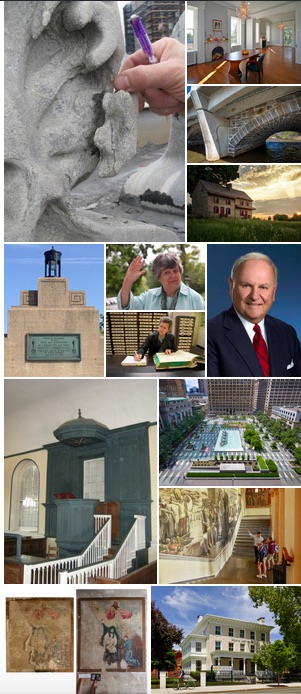
People Power at the 2015 Pennsylvania Historic Preservation Awards
by Sabra Smith, Preservation Pennsylvania
What is the preservation community’s most important asset? It’s the people! Those passionate, creative, place-loving, story-telling folks who wear invisible super hero capes and do their best work so that a beloved landmark is restored, or a neighborhood story is discovered, or a community of advocates is activated. Continue reading
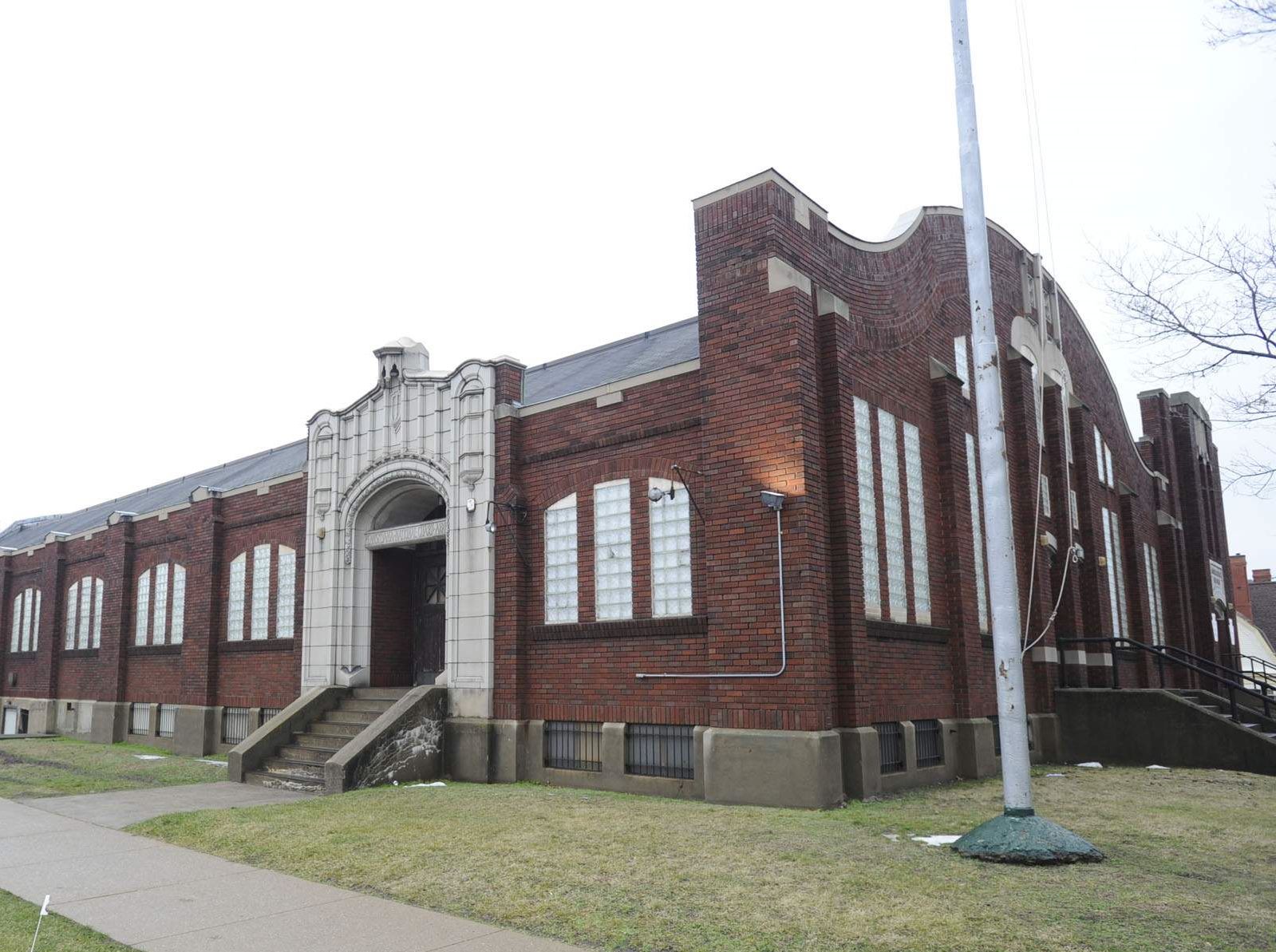
Pennsylvania Historic Preservation Tax Credit Program: Year 2 Recap
Since the opening date of the application period on December 1, 2014, I have received many calls and inquiries about the status of Year 2 of Pennsylvania’s Historic Preservation Tax Credit program. By the closure of the application period on February 1, 2015, the Department of Community and Economic Development (DCED) received 30 applications for the second round.
Over a long review period which lasted until mid-April, PHMC reviewed the applications to ensure applicants owned qualified historic buildings and that proposed rehabilitation plans met the Secretary of the Interior’s Standards for Rehabilitation. As the qualified applications far exceed the limited $3 million in available credits, DCED used a fair and balanced selection process based on a first -come, first serve basis with regional distribution to select the first round of projects. Continue reading

New Historical Markers Approved for 2015
The Pennsylvania Historical and Museum Commission (PHMC) approved 22 new historical markers at its March 4, 2015 meeting. There are currently more than 2,000 PHMC markers throughout Pennsylvania and the program is one of the most popular and visible aspects of the Commission’s work. The Commission has standard approval criteria that, among other things, require marker subjects be of statewide and/or national historical significance. The majority of the newly approved markers are in Philadelphia (9), which is also where the most (20) nominations came from. With such a long and rich history, it is no surprise that Philadelphia has the largest number of markers of any county in the state (over 250). The Marker Program encourages broad distribution, so individuals and organizations from the other 66 counties are encouraged to research their history and develop nominations for people, places, events, and innovations with statewide and/or national historical significance in their own area. Continue reading

Preservation in a Changing Economic Climate
Many of Pennsylvania’s communities face the challenging task of adapting to a vastly different economic climate than the one that led to their historic growth and development. This new economic reality of dramatically reduced population, deindustrialization and loss of tax base has resulted in historic downtowns and residential neighborhoods pockmarked by disinvestment and vacant properties. Abandoned, demolished or marginally repurposed historic churches, schools and factories are especially vivid reminders of changing times and the large social and economic forces at work. Continue reading
The Bureau for Historic Preservation (BHP) unveiled Pennsylvania’s Statewide Historic Preservation Plan last year. In an effort to assist County Planning Directors and Certified Local Governments to become familiar with the Plan, BHP recently sent a request for our local government partners to endorse the plan. Continue reading
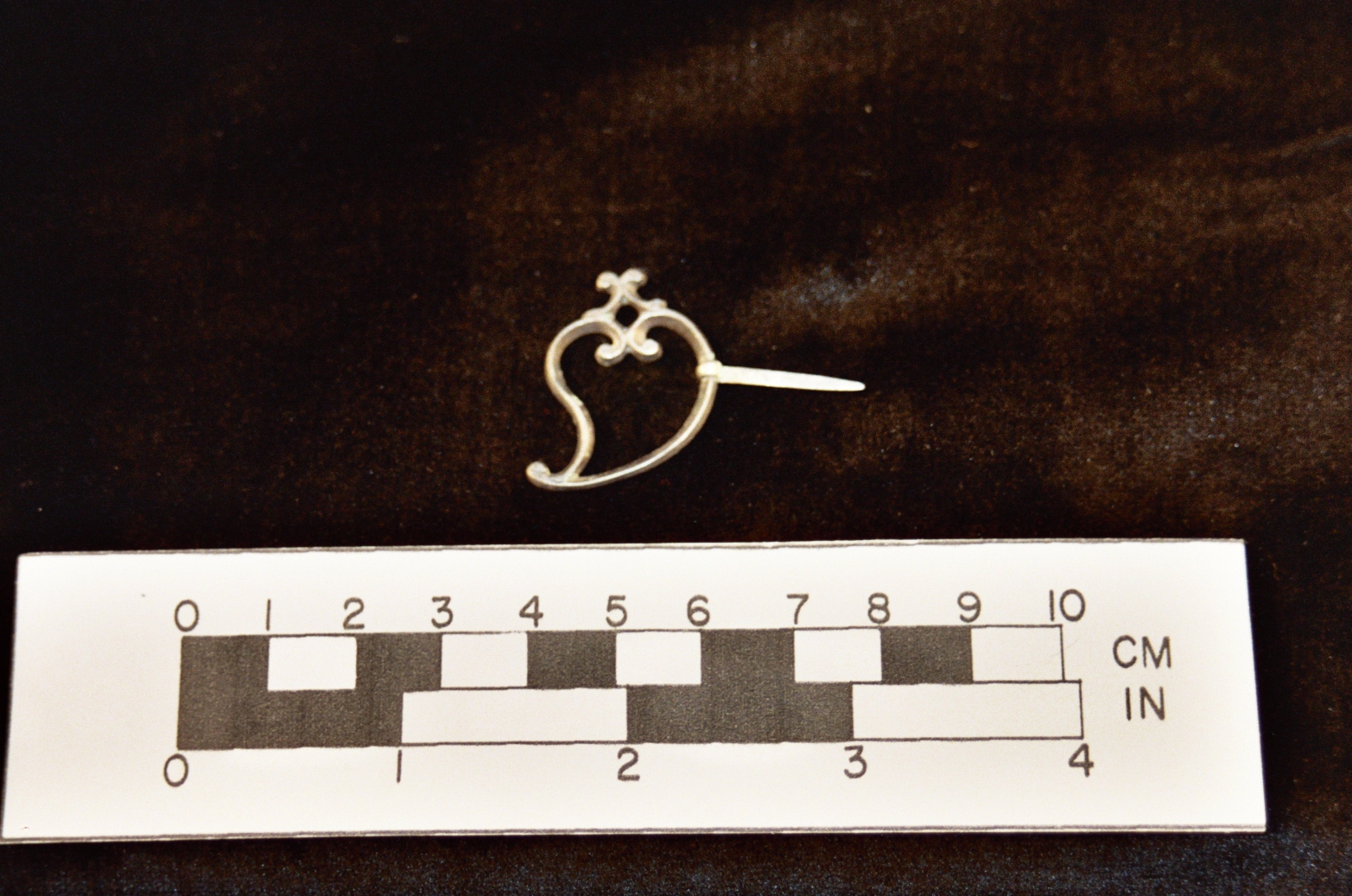
Camp Security
Camp Security is a Revolutionary War period prisoner-of-war camp occupied by British, Scottish and Canadian prisoners and camp followers (often wives and other family members) between 1781 and the end of the war in 1783. The site is located about four miles east of the City of York, in a relatively small, undeveloped portion of suburban Springettsbury Township. Thirty years ago, PHMC archaeologists Barry Kent and Charles Hunter, with a small field crew, located over 100 archaeological features containing artifacts dating to the latter part of the 18th century. In all likelihood, these materials are related to the prisoner-of-war camp. Most of the features are pits which were dug into the ground and which ultimately became receptacles for a variety of domestic debris associated with the occupation of the camp. Continue reading

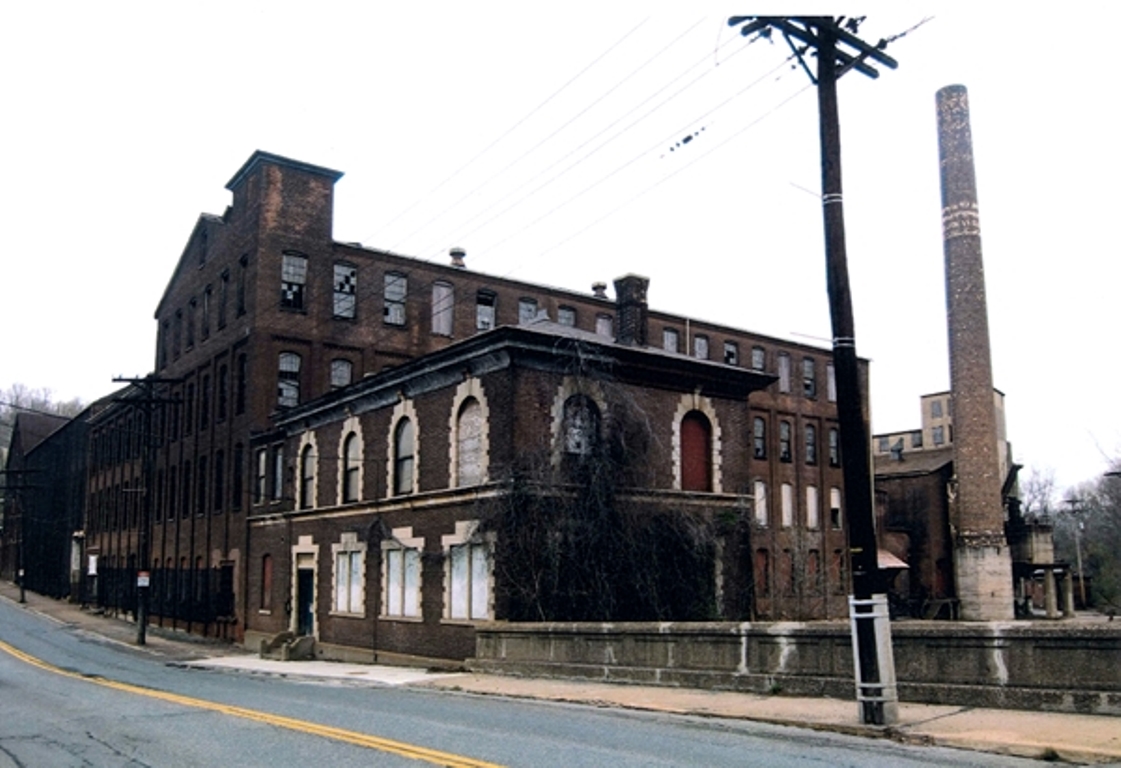
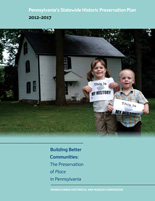
Recent Comments